In an interview with IMAGO, Kabir Jhangiani shares his experiences, initial steps into professional photojournalism, his challenges in the industry as a young freelancer and aims for the future.
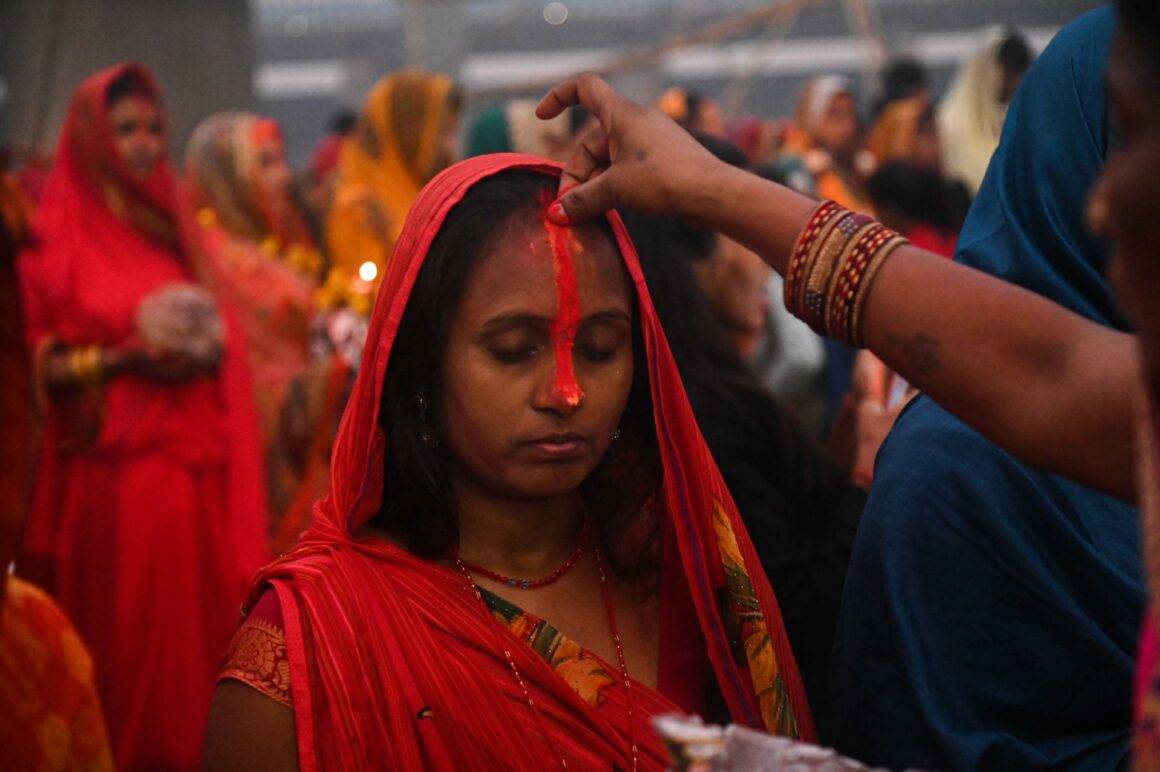
An Interview with Kabir Jhangiani, Transforming a Hobby into a Career
Kabir Jhangiani’s passion for photography began when he rode a bike out to the countryside every day to take pictures of the sunset and the scenery with his smartphone. Shortly after he bought the first camera, his family moved to Mumbai city, and Kabir quickly found his way through the streets of Mumbai by photographing the tourist area and people’s daily life.
Kabir soon knew who he wanted to be: “a professional photojournalist.” He started his professional career as a young freelance photographer based in New Delhi and is thinking of traveling across India and the world, capturing new narratives.
“If we don’t know what is happening around the world or in our surroundings, we will remain clueless. So, I wanted to show from my point of view what is happening in reality.”
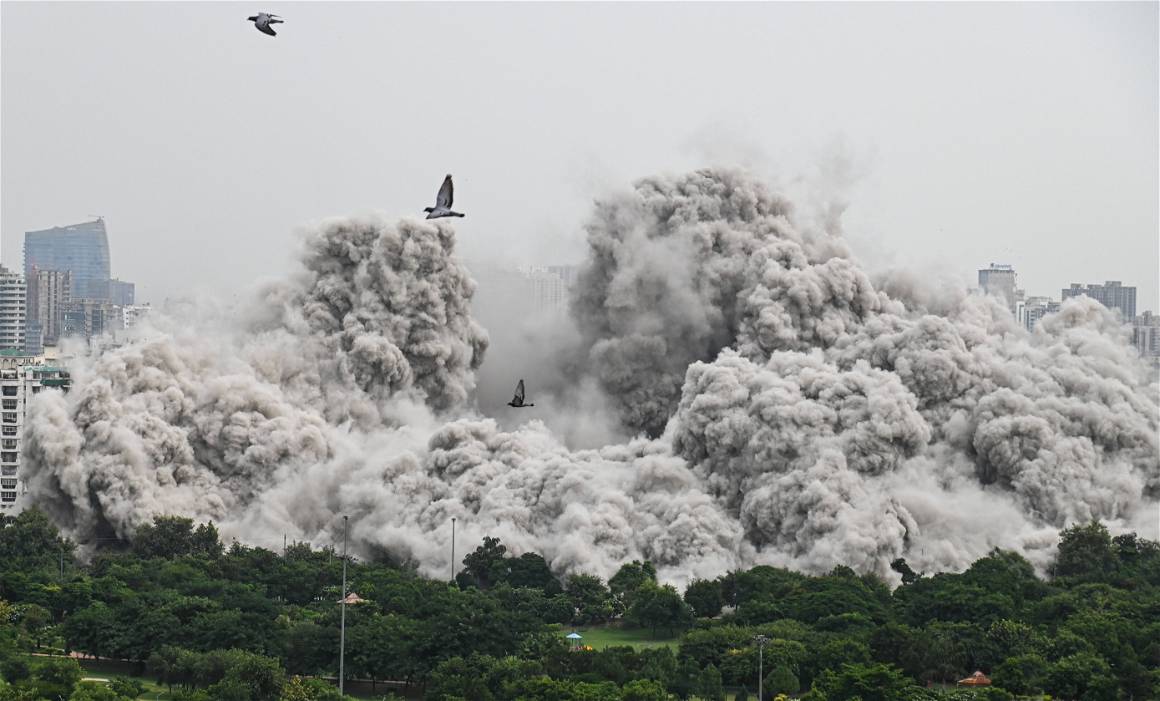
How did you first get interested in photography, and how have you seen your artistic sensibilities develop over time?
Initially, when I started, I was a complete novice in photography. I liked going cycling every evening and taking pictures of scenic sunsets. However, at the time in 2017, my interest was restricted to the phone like many others – clicking flowers, nature, sunrises and sunsets.
Eventually, I found my interest growing more towards the details and mechanics of photography which led me to buy my first professional camera – which was my first giant step into the world of Lens.
Soon after, my family moved to Mumbai with me. During 2018, like every other socially active person on Instagram, I started posting pictures and learning from fellow photographers. I had my interest leaning toward Street Photography. After my college hours, I used to visit the most touristy places and click pictures. I developed my vision in Street Photography. I shot events, festivals, the hustle and bustle of daily life, etc. After a few months passed by, I also developed an interest in photojournalism. I admired and was in awe of the work of other photojournalists and how they showed news from their perspective.
Why did you decide to start working within that genre of photography?
Specifically, for photojournalism, I think this is the most important genre because it’s the window to what’s happening in the world. If we don’t know what is happening around the world or in our surroundings, we will remain clueless. So, I felt I wanted to show from my point of view what is happening in reality.
In 2021, I contacted some of the photojournalists in Mumbai and started shooting everything that a Photojournalist would shoot, from events and festivals to protests, wherever I would get access to shoot. My peers and friends helped me a lot in developing my vision and how I should create it while covering assignments. I tagged them along in their assignments which helped me a great deal as well.
In 2022, I got a one-month internship at The New Indian Express, a leading national daily, in New Delhi. I grabbed the opportunity without thinking much andI learned a lot during the internship. Especially how to take photographs when you are under pressure, which is a prerequisite for any photojournalist. Post that, I have been freelancing for various photo agencies and am a contributor to the ZUMA Press currently.
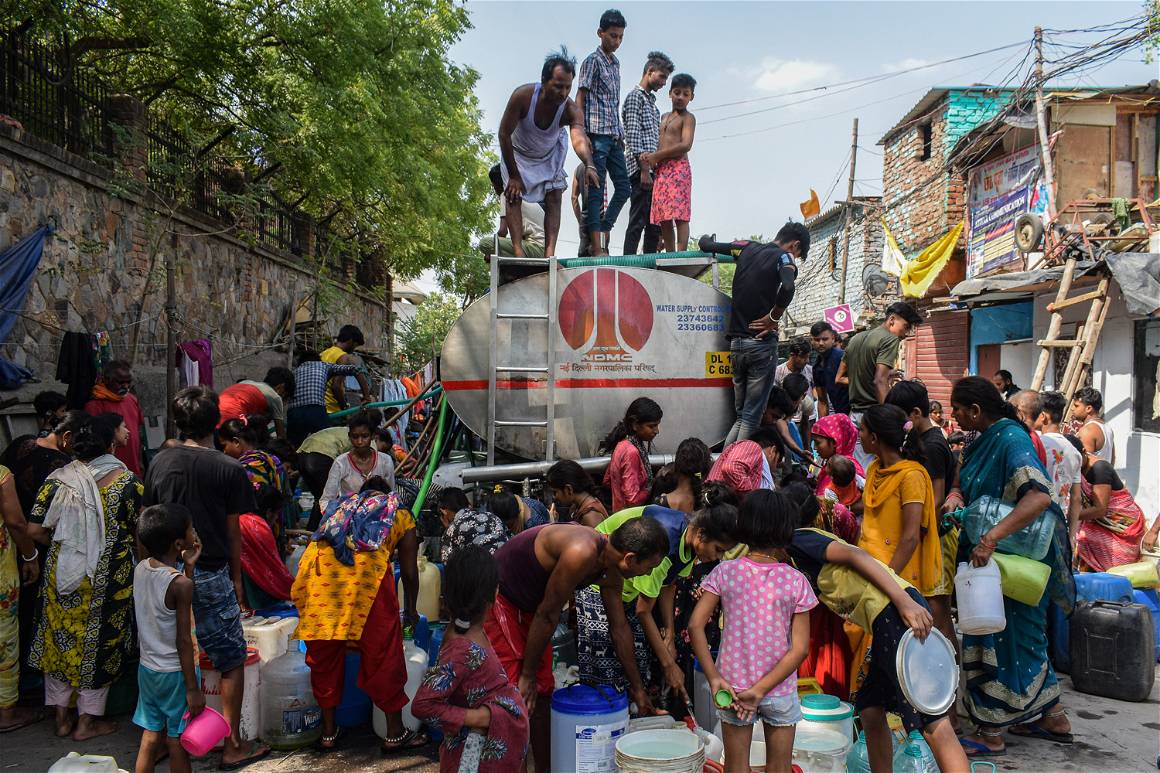
Your photography focuses on India and precisely New Delhi’s society. How do you describe your work?
Currently, I am based in New Delhi. So, I show all that is happening in my city through my pictures.
You emphasise India’s culture, festivities, and celebrations in addition to protests, air pollution, and other societal problems. Could you elaborate on the significance of addressing all of these issues?
In New Delhi, there are major demonstrations on various issues. As a photojournalist, I believe it’s important to bring those demonstrations to the public. Other things are also important to show, like extreme weather conditions, festivals, events, spot news etc.
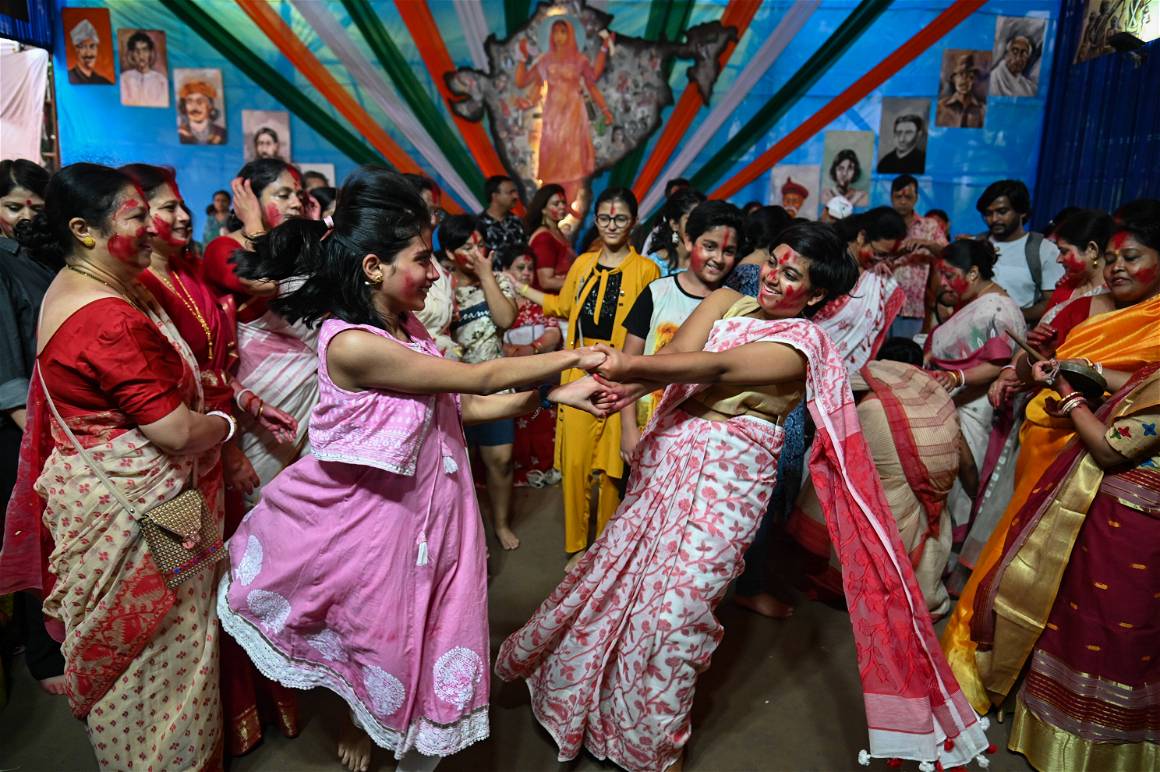
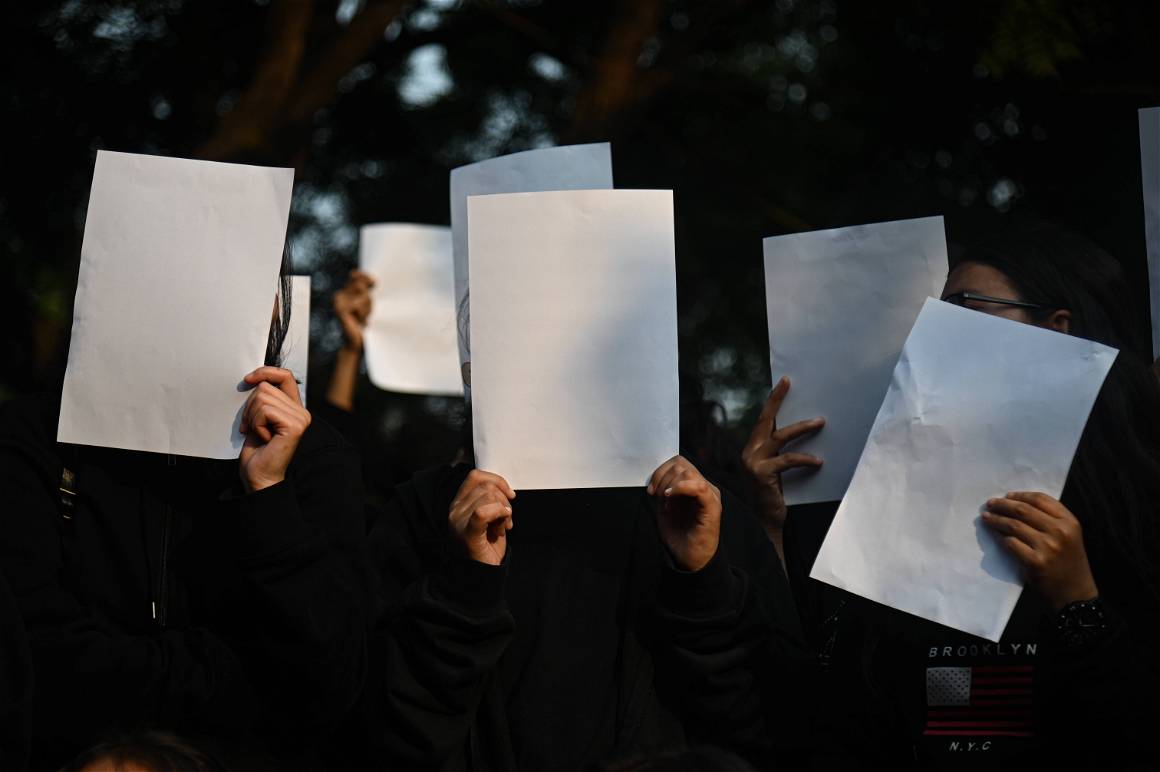
You started working right after an internship to become a freelance photographer. As a young photographer, how do you describe the challenges in this industry, especially in your region?
There are many challenges in this industry. Firstly, you need a good portfolio to prove yourself. A lot of practice and time needs to be dedicated to building a good portfolio. Then you need to make contact with people so that you can get information about everything that is happening around you. Photojournalism is quite underpaid, and investment in camera gear is also needed to get good pictures. There are not many full-time opportunities, so someone can at least have a stable income.
Nowadays, most photojournalists are either freelancing or have left the field because it is tough to survive. Still, everyone tries their best in the field to do good work, and we should never stop trying. There is always hope.
“From the moment I first picked up a camera, I have always been prepared to cover any story I deem important of being told.”
What’s the one picture you took that made a difference in your life?
Once when I was returning home from college in Mumbai, I saw a man running to get into the train I had offboarded from. The train was stationed at the time. He jumped from the stationed train to another one. I didn’t have a camera at the time so I captured the shot on my phone. The moment was risky considering even if one train would have moved, it could have been fatal for the man. I realised that photography captures moving moments like these and locks them for posterity. It shows visual proof of what happened at that moment.

Have you learnt any lessons that you didn’t think you would have through your photography?
I think the most important thing I learned from photography is discipline. From the moment I first picked up a camera, I have always been prepared to cover any story I deem important of being told.
Photography teaches us discipline. Sometimes, we have to shoot early in the morning, sometimes under harsh sunlight or late night too. It teaches discipline towards work and dedication as well.
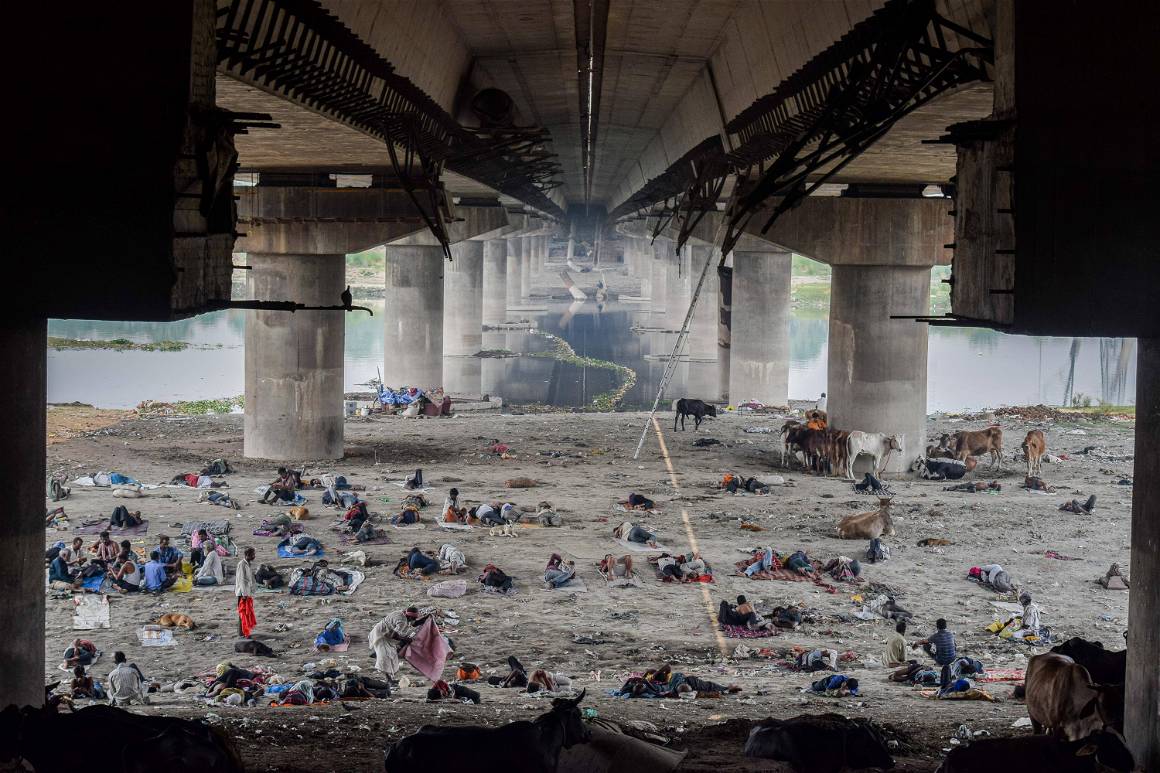
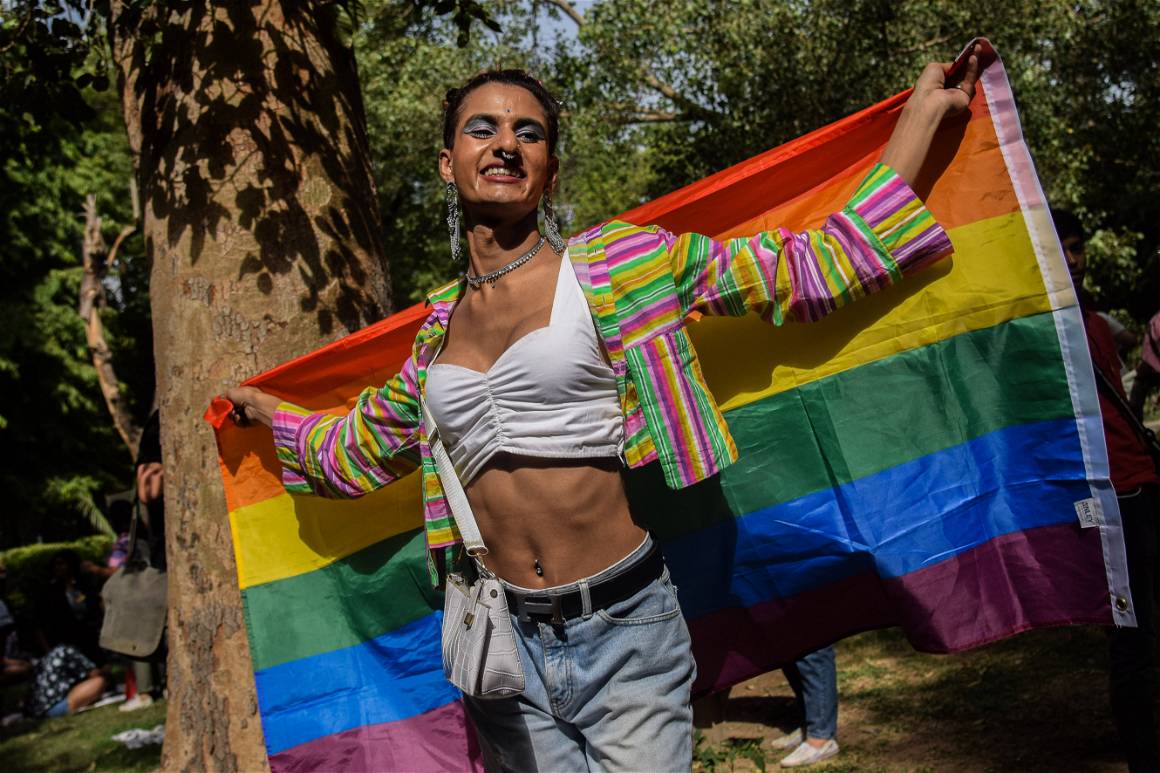
Would you see yourself photographing outside of India or would you rather capture India and document it in your career?
Surely, I would like to explore other places too. India is a huge country with various places to visit, as much as it is rich in culture and diversity. I will explore more and more places in my career in the near future.
What does photography mean to you personally? What do you think its place in society is, according to you?
For me, photography is writing history while living in it. As we are taught history every time, those are the words we know. Until there is no visual proof, no one will believe it. So, photography plays a major role in showing what has happened in history, from wars to demonstrations to major events happening in the world. We have seen visuals of those events. And also to show presently what is happening in reality, which will also eventually turn into history for the future generation.
Do you have any special projects on the horizon for your work?
Nothing is planned at the moment, but I will surely chart what I plan to do in the future.
Would you like to add something?
I would just say to be honest and dedicated to whatever genre of photography someone is doing; it’s always good to give your all and your best to your work. I know it’s tough to survive, but your work may be appreciated someday.
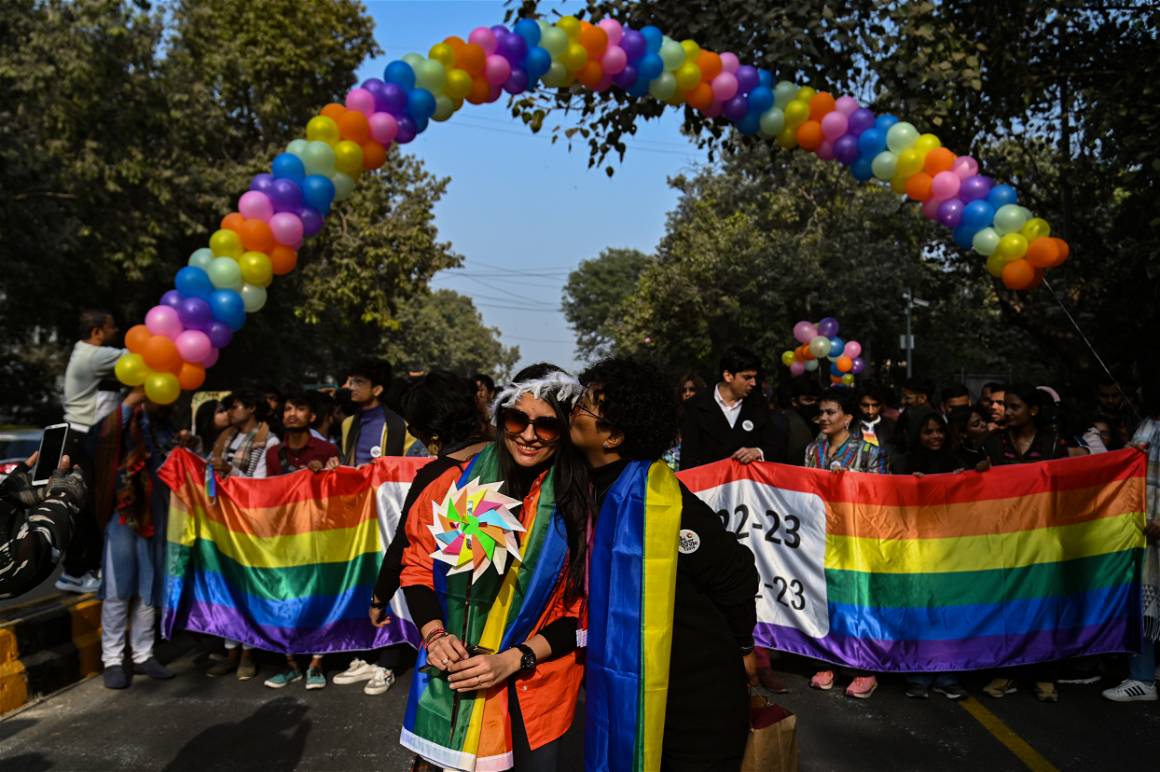

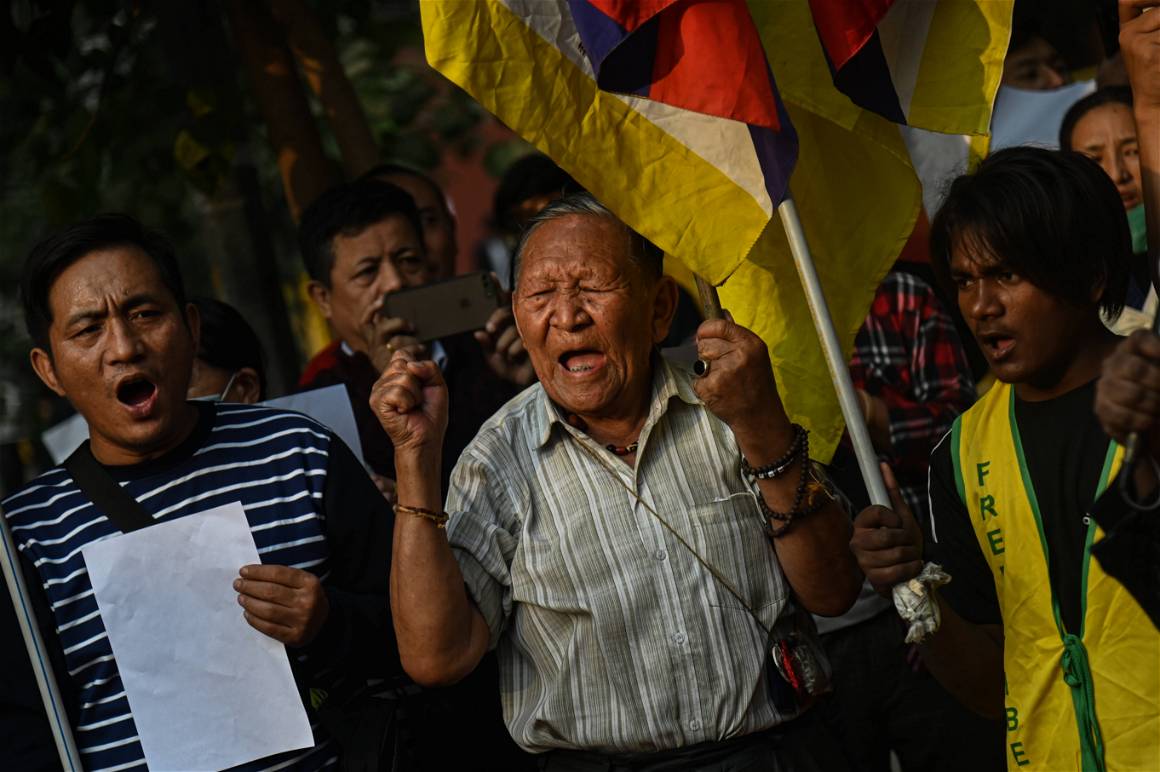
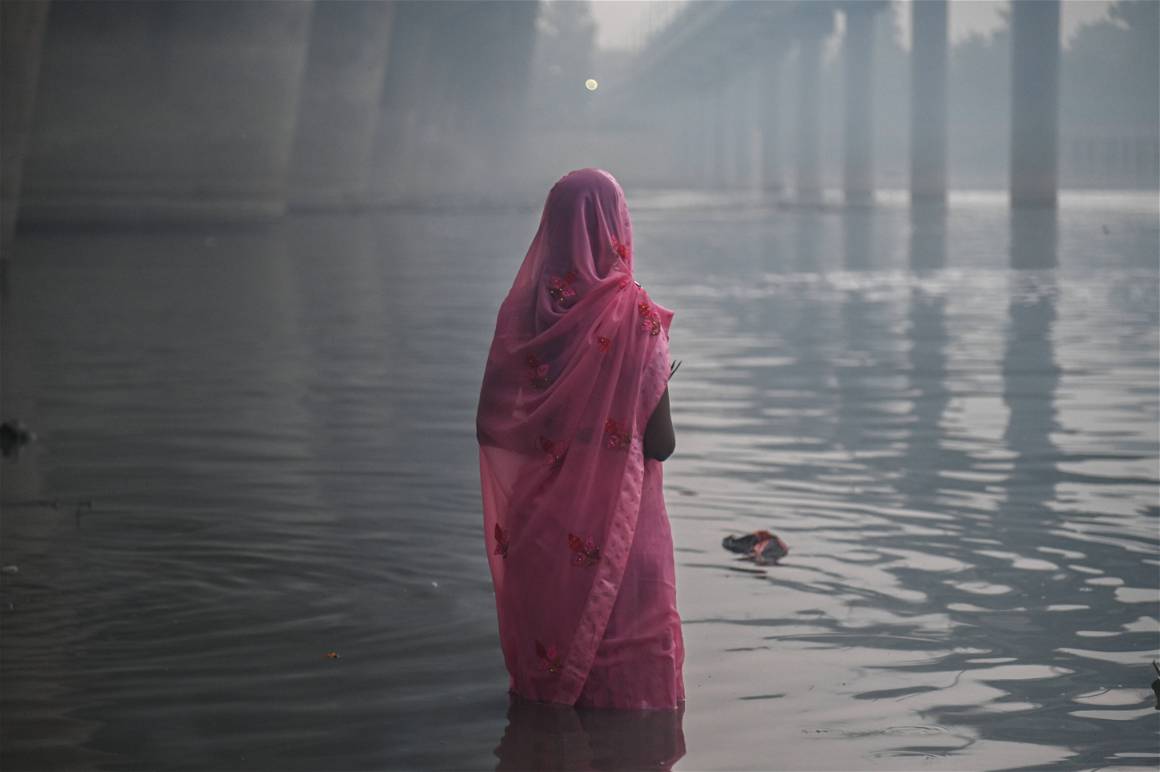
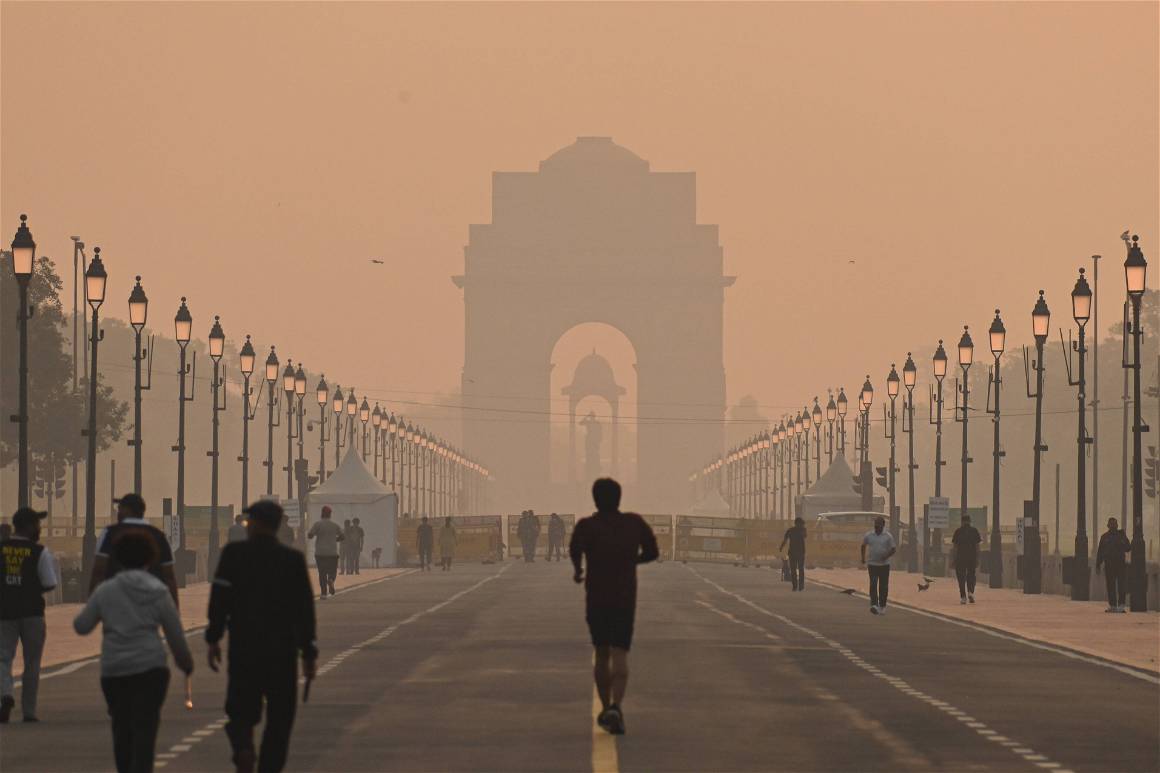
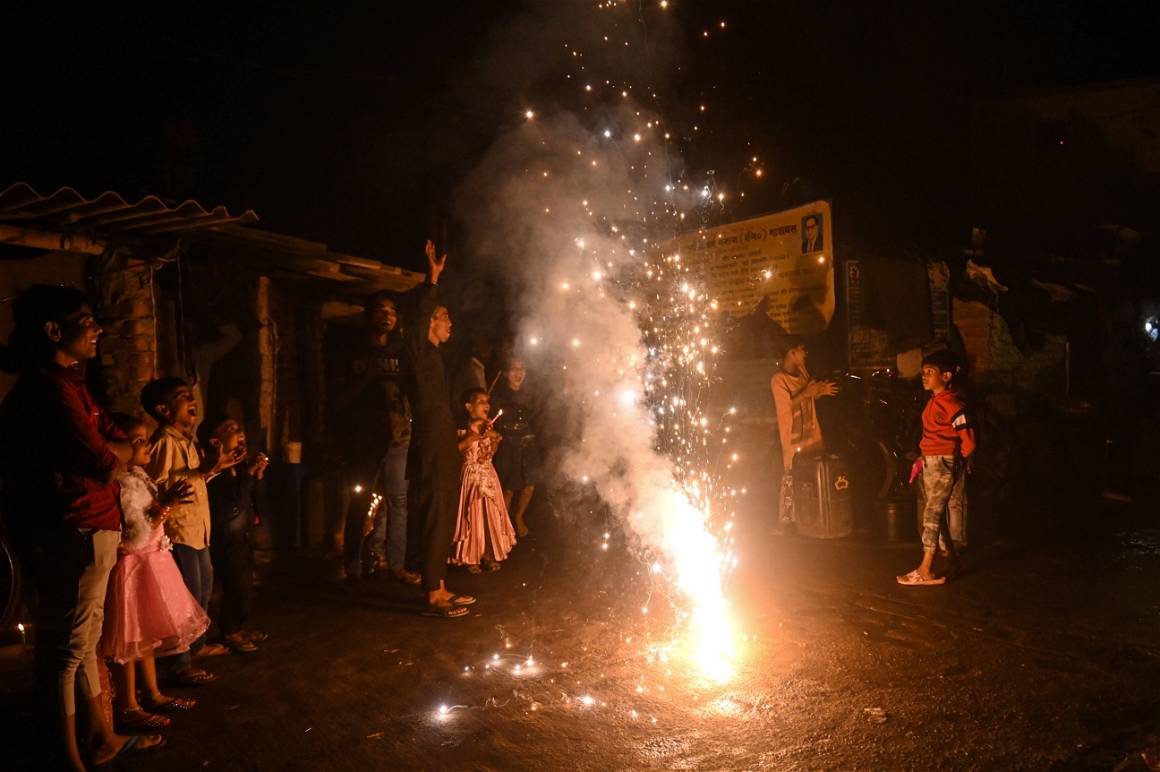
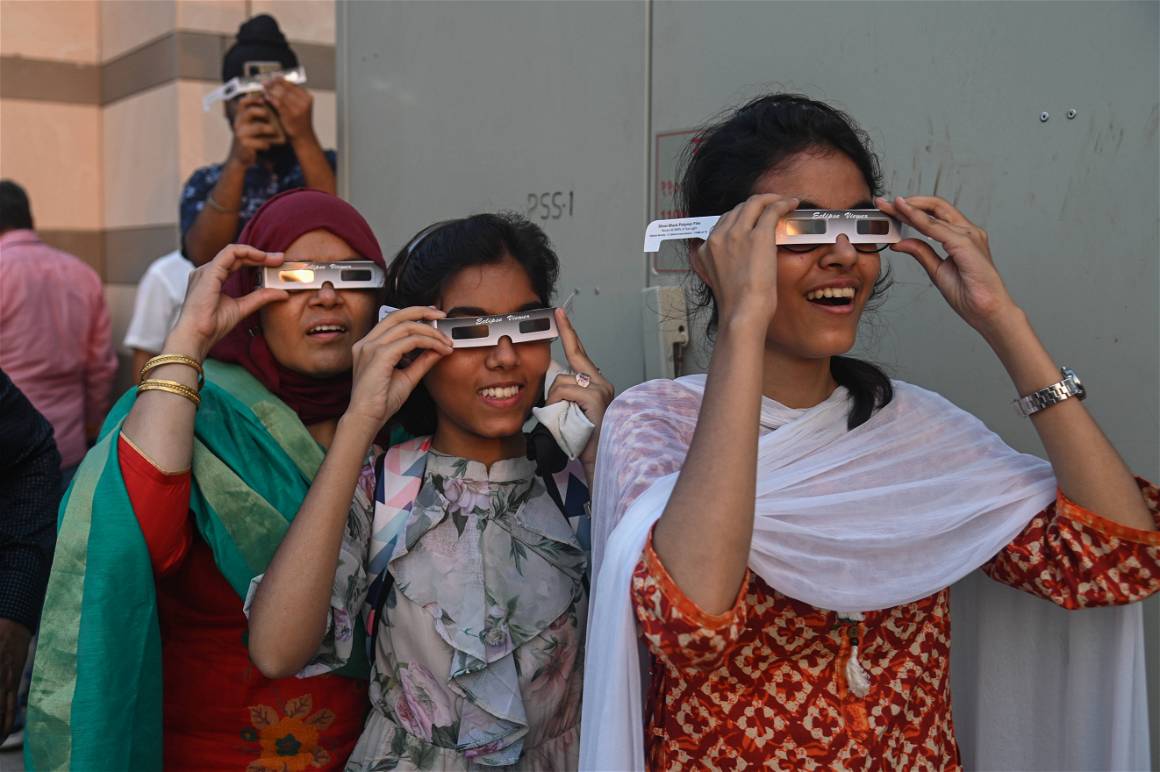
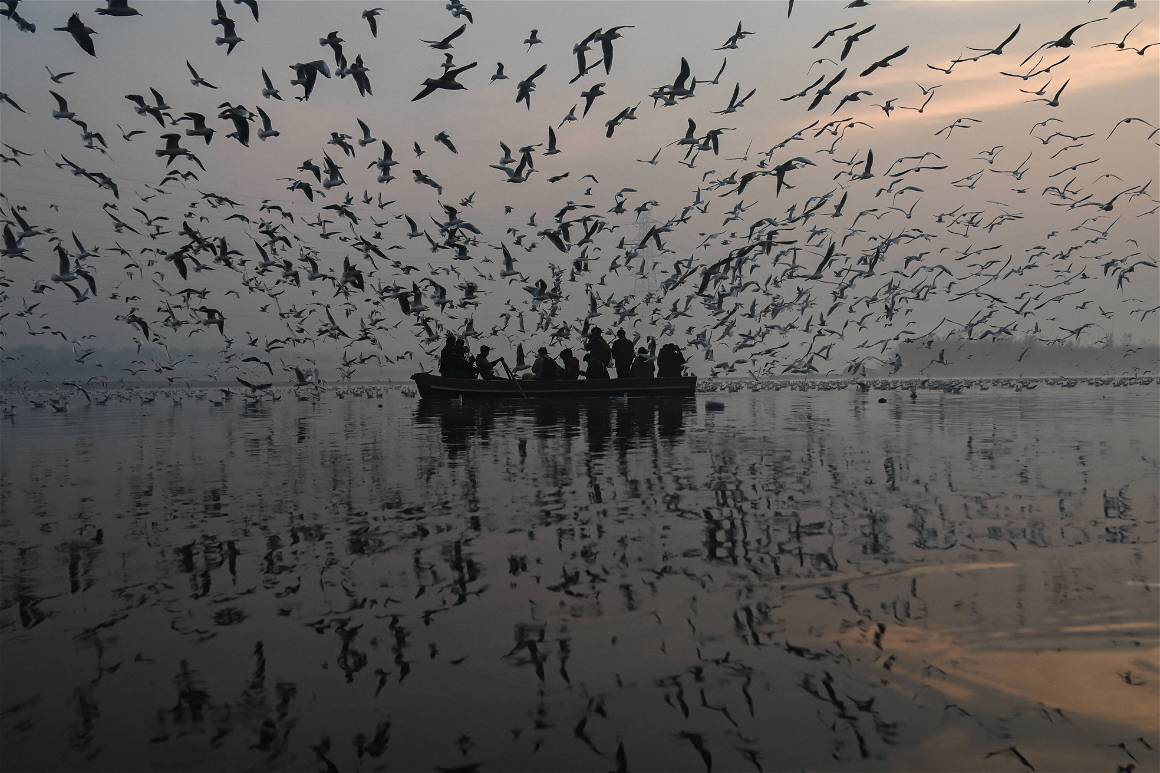
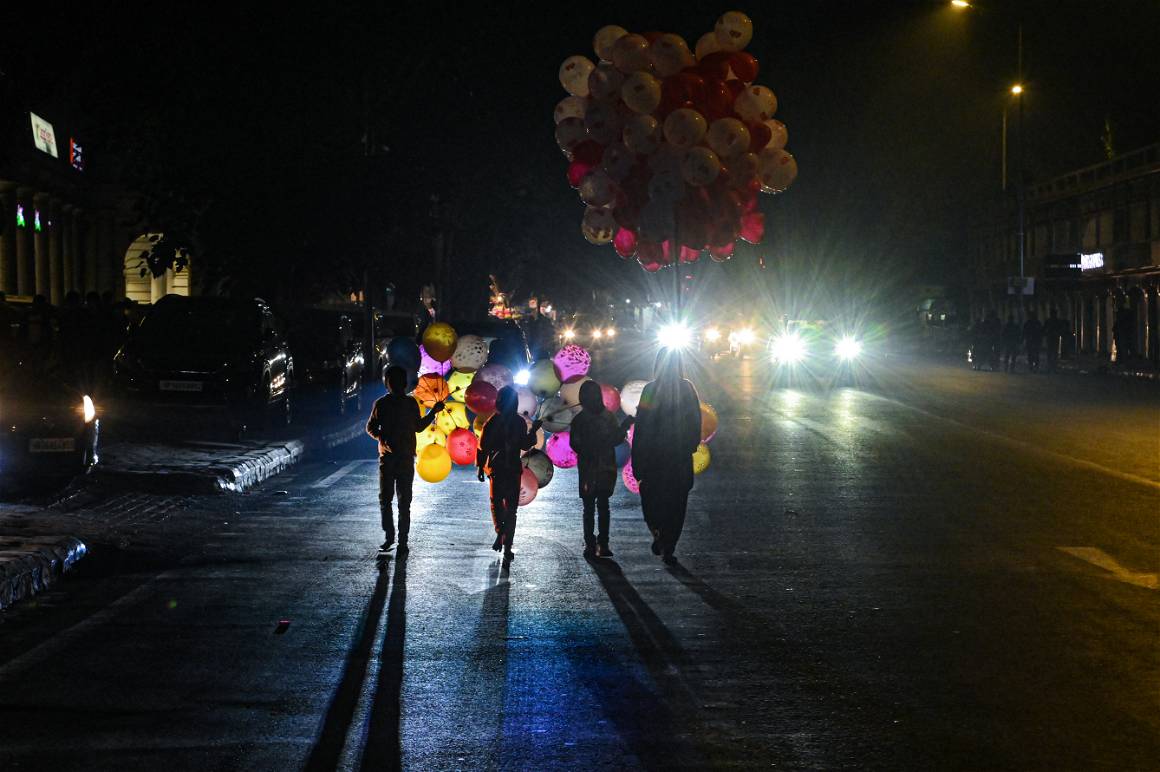
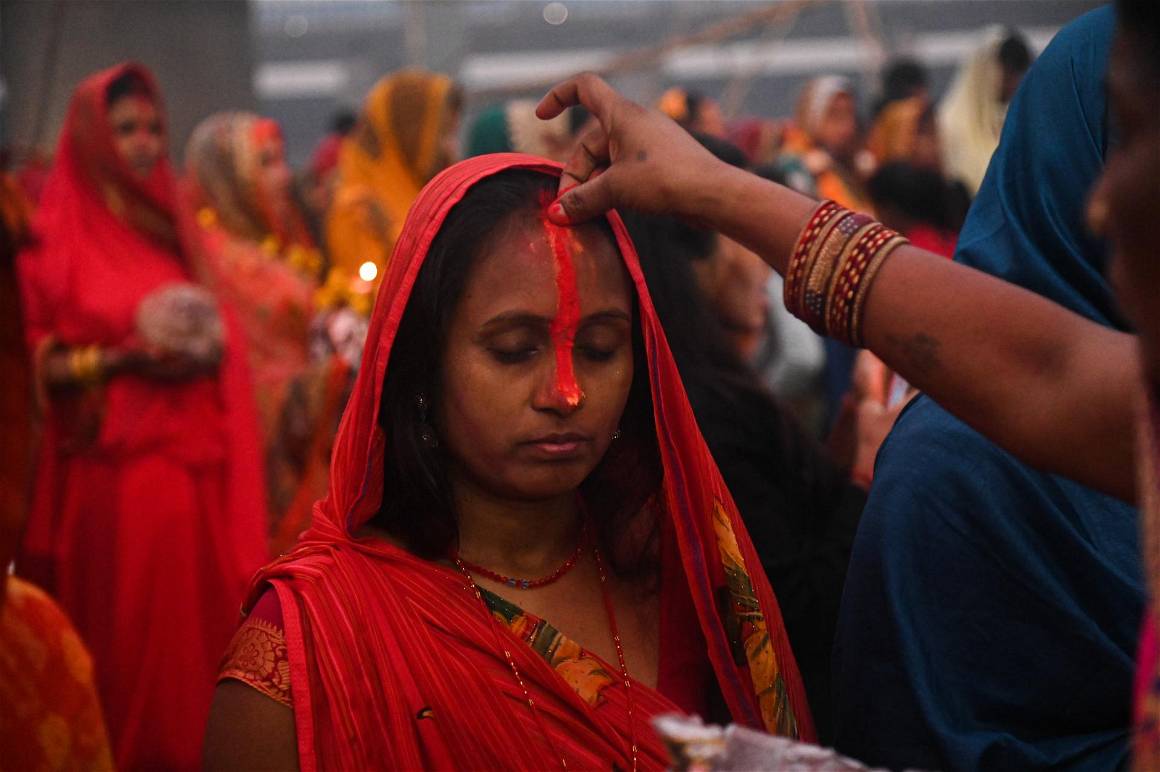
Interview by Fatemeh Roshan.


